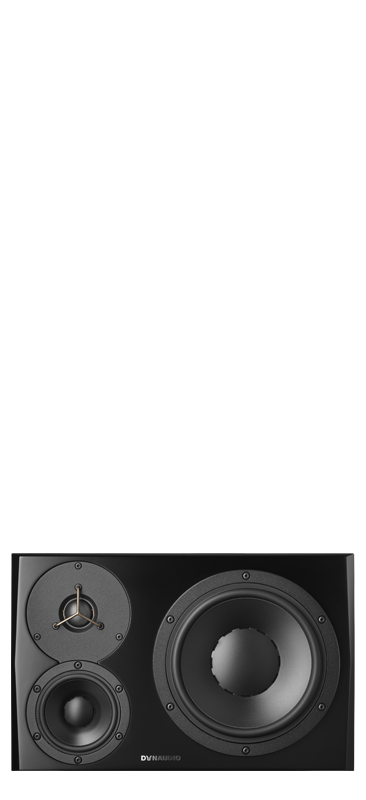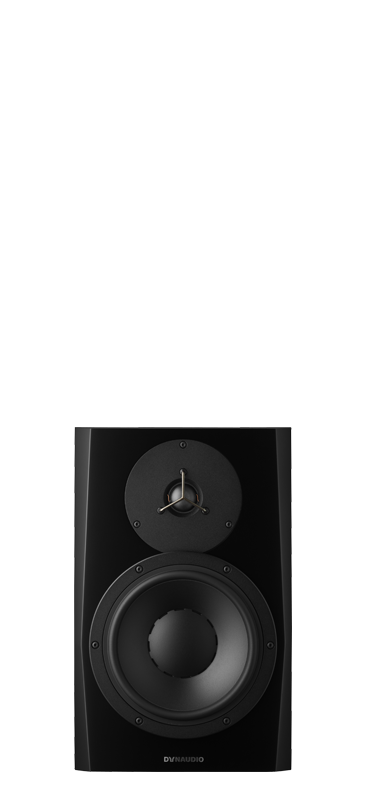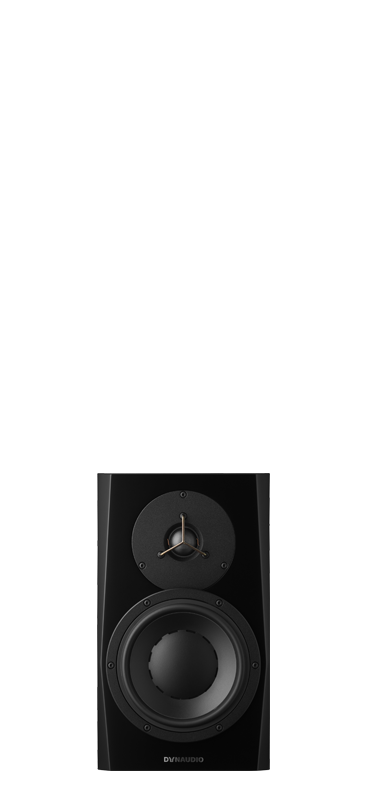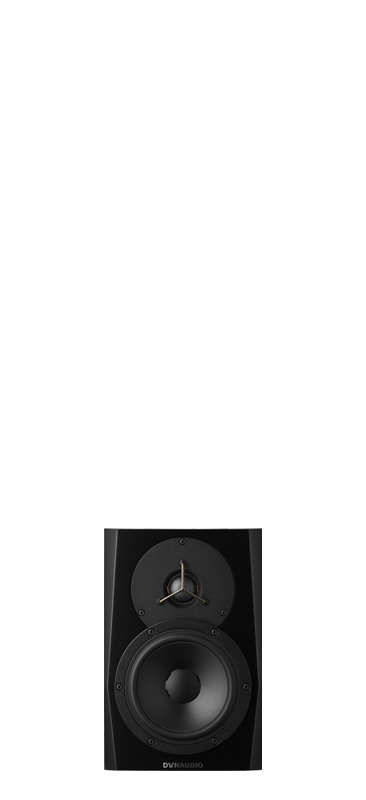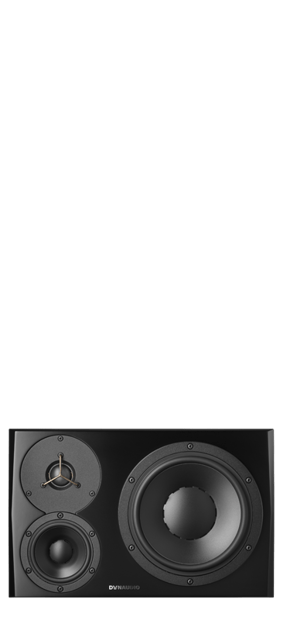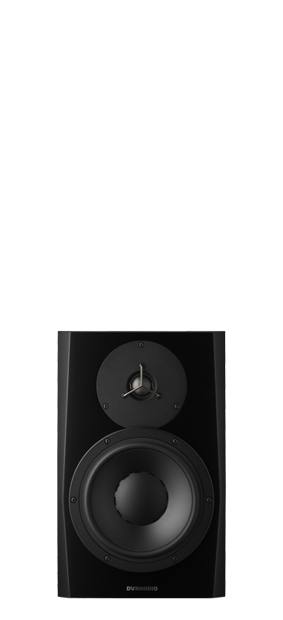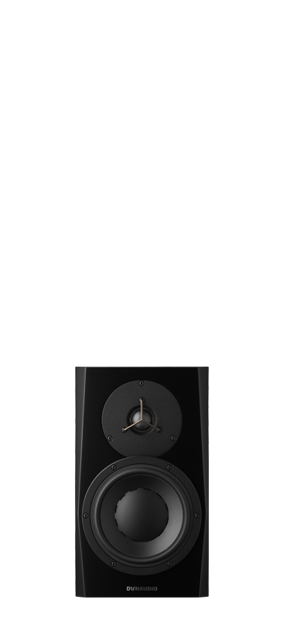LYD
What if you could use the same technology in your own studio as the major players use in theirs? … you can with the LYD studio reference monitors.
LYD series
LYD uses all the knowhow we’ve gained through supplying some of the world’s biggest recording studios with full-on reference monitor systems – and fits it into a pair of compact nearfield speakers.
And it isn’t a poor cousin of our big systems, either. It’s a complete redefinition of our own products – we went back to the drawing board to find out exactly how much further we could take those concepts.
As it turns out, the answer was ‘quite a lot’
Active nearfield studio monitors need to present the unvarnished truth: no colouration, no distortion, no flattery of the music running through them. You need to be able to hear exactly what each thread of the music is doing – so, when it comes to mixing and mastering, you know you can deliver exactly what the artist wants.
LYD combines decades of experience in producing no-compromise reference systems for major studios all over the world, with expertise in home and car audio, digital processing technology and materials science. And that combination means you’ll hear nothing but the truth.
But we don’t believe personal monitors need to look like standard pro boxes. You’ve taken great pride in building your studio; you want artists to feel invited, inspired, immersed in the music. So we’ve applied the same creativity to LYD as we do with our home hi-fi speakers – and we’re glad the people in the design department insisted on it, because they’ve created something beautiful.
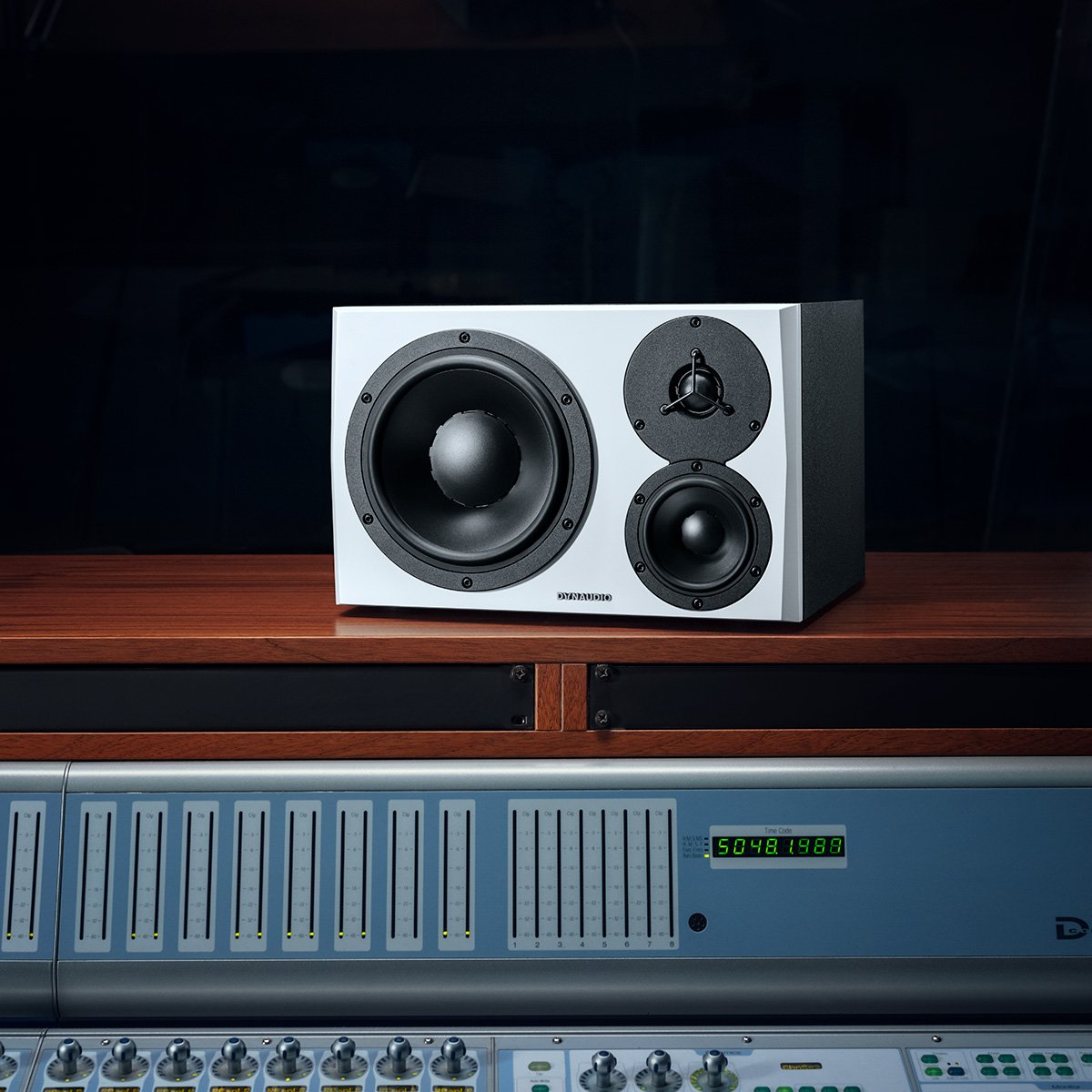
A monitor for all
LYD is designed to be a monitor anyone can use without a manual. Just getting started in your engineering or producing career?
That’s daunting enough as it is without needing to decipher another complicated set of switches and dials on the back of your speakers. Seasoned pro? Then why should you have to learn a new set of controls? You shouldn’t.
Just tweak the wall-position or Sound Balance tilt-filter (for a brighter or darker sound) and you’re done. Best of all, you don’t have to crank them up to hear them at their best – something that’s hard to do if you’re in a smaller or home studio. LYD is designed to sound the same however loud you turn up the music.
Now it’s time to create…
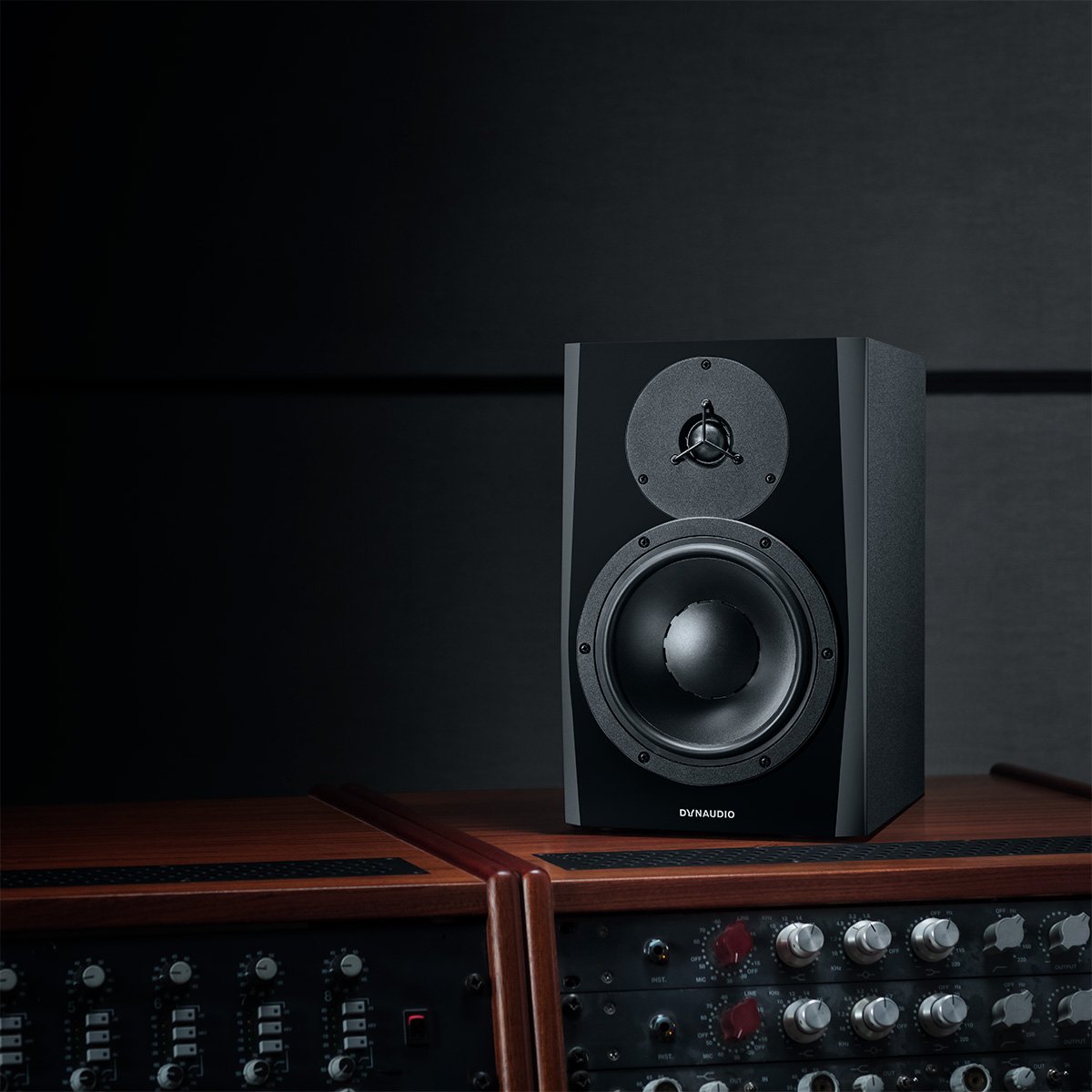



LYD
Specifications
- Status:
- Segment:
- Series:
- Type:
- Analog inputs:
- Maximum SPL (1m, pair):
- Amplifier Power Woofer (W):
- Amplifier Power midrange (W):
- Amplifier Power Tweeter (W):
- AC Power Input:
- Max Stand-by Power Consumption (W):
- Max Power Consumption (W):
- Lower Cutoff (Hz @85 dB +/- 3 dB):
- Upper Cutoff (kHz @ 85dB +/- 3 dB):
- Box Principle:
- Crossover:
- Crossover Frequency (Hz):
- Tweeter:
- Midrange:
- Midrange/Woofer:
- Woofer:
- Weight kg:
- Weight lbs:
- Width mm:
- Depth mm:
- Height mm:
- Width inches:
- Depth inches:
- Height inches:
- Speakers per packaged box:
- Finishes:

Dynaudio teams-up with OPPO for Enco X3s earbuds
We're thrilled to announce the release of OPPO's Enco X3s true wireless noise cancelling earbuds, with Dynaudio sound tuning.
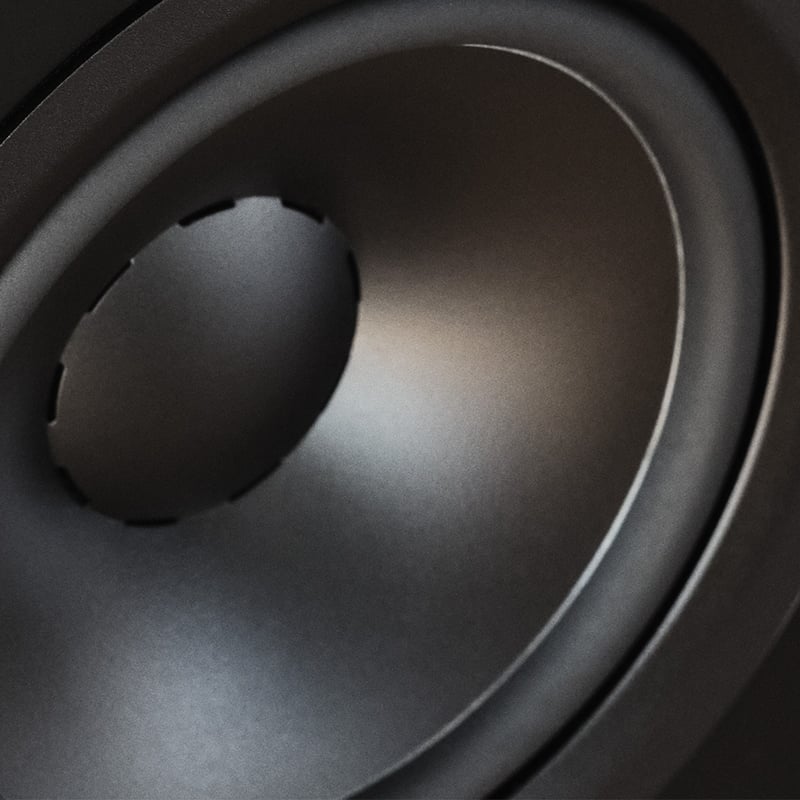
Why are there holes in our speaker drivers?
On this episode of Ask The Expert, Otto explains why our speaker cones have small, rectangular slots around the central dome. Far from being a random ...
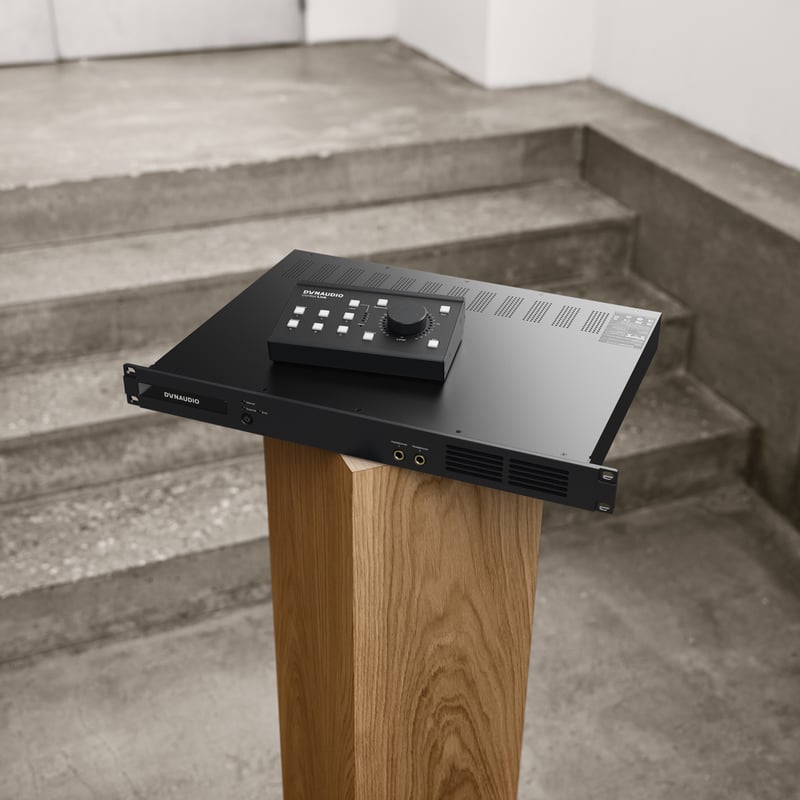
Dynaudio Control series
We are pleased to introduce the Dynaudio Control series: a suite of next-generation audio tools engineered to serve as the central monitor controller ...


